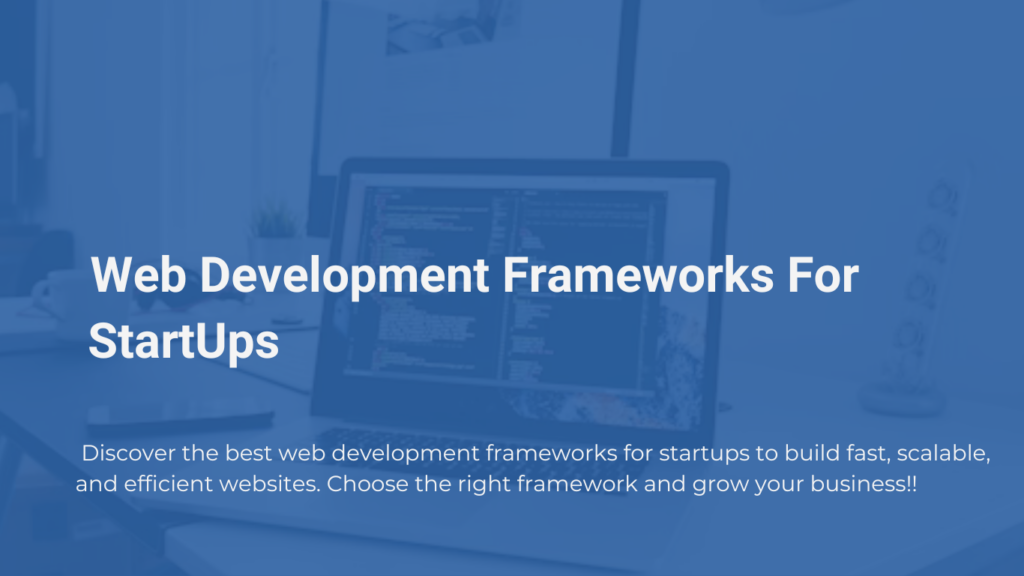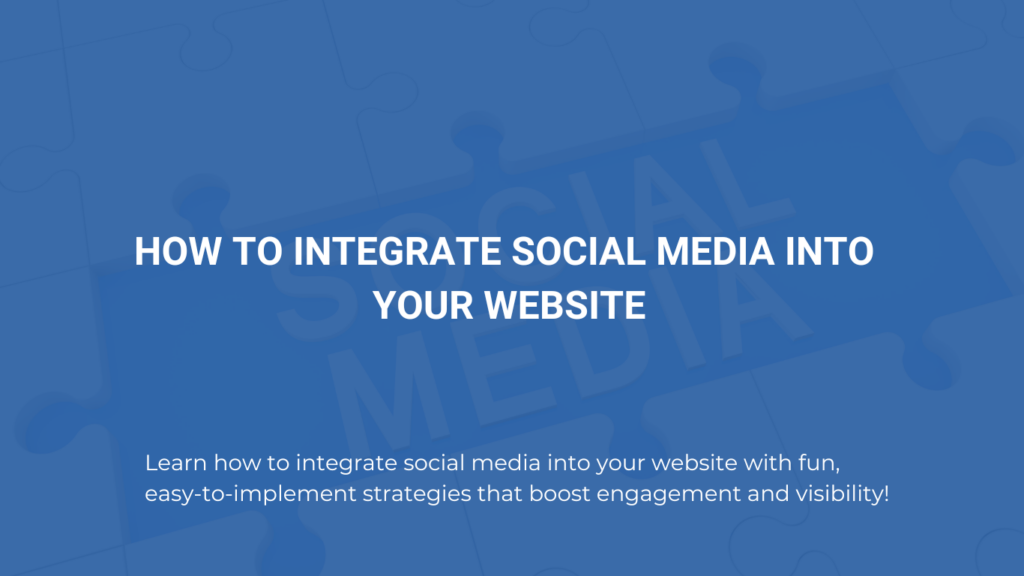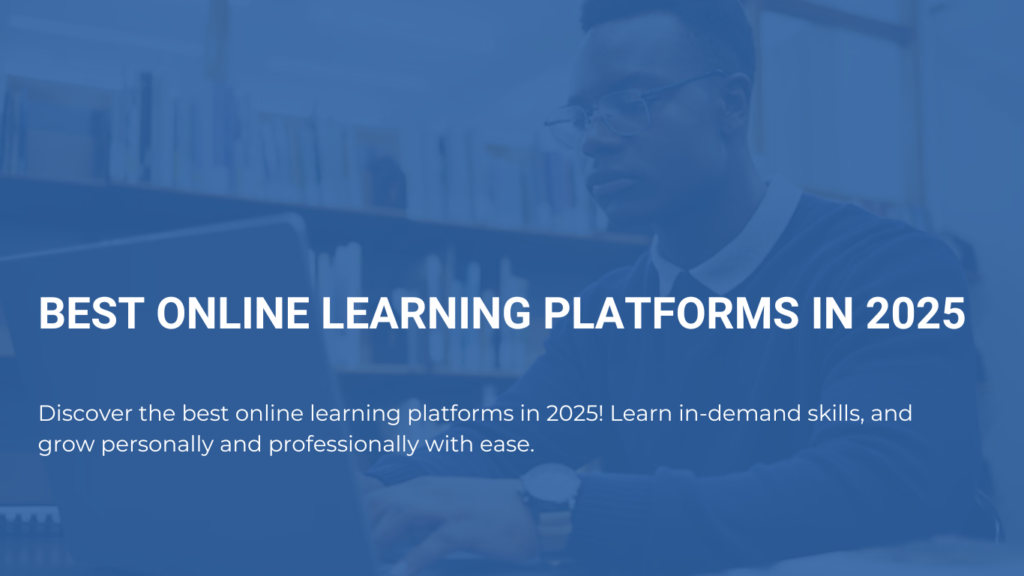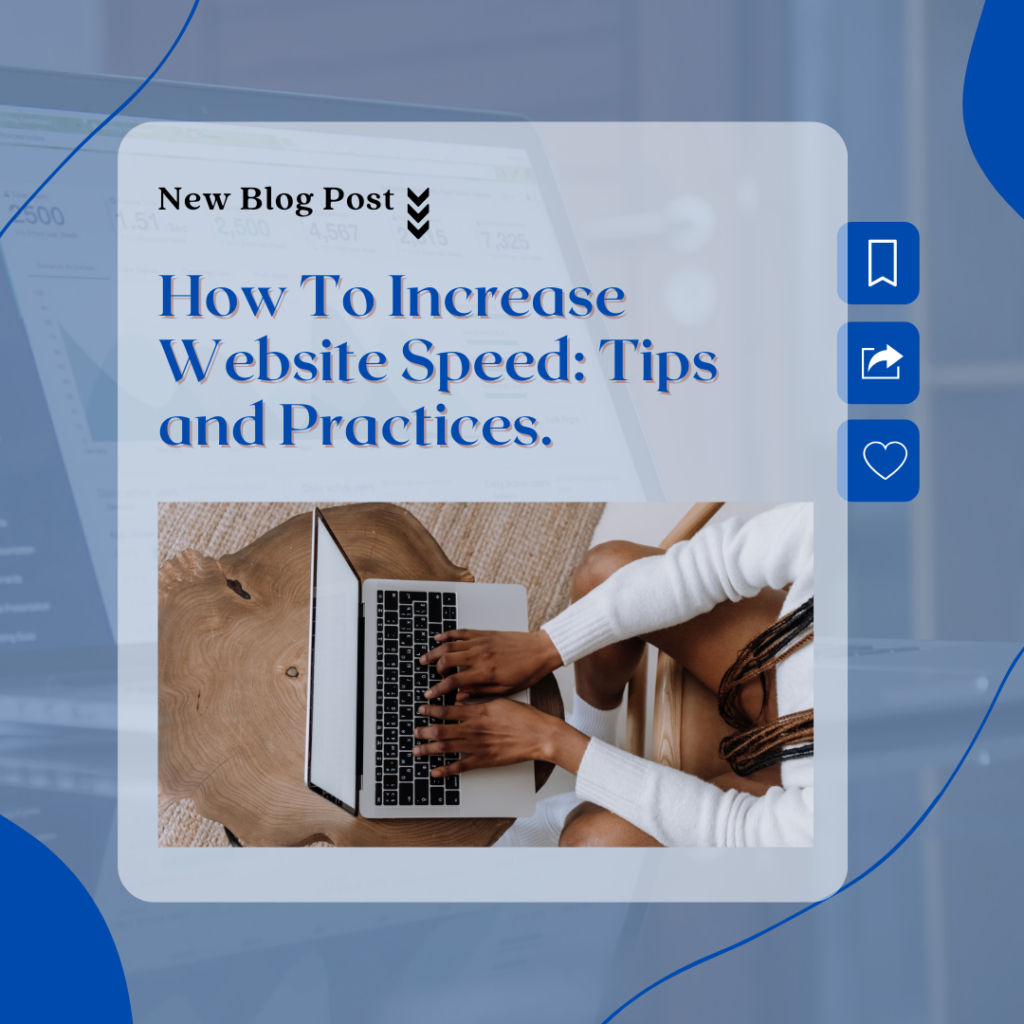learning web development as a beginner in 2025: why it is important
In 2025, the tech world is more accessible than ever before, even for those without a background in coding or web development. If you’ve been thinking about transitioning into a tech career but feel intimidated by the jargon and complexity, don’t worry—you’re not alone. Whether you want to start building your own website, launch a tech startup, or simply understand how web development works, learning web development as a beginner in 2025 can help you get started. This article will show you how to take advantage of free learning resources . We’ll dive into the basics of web development, the essential skills you’ll need, and some excellent platforms offering free courses. Why Should You Learn Web Development in 2025? Nearly every business relies on a website to reach customers. As a result, web development is one of the most in-demand skills in the job market. But the great news is you don’t have to be a tech expert or have a degree in computer science to become a successful web developer. The demand for developers, designers, and content managers with basic web development skills is high, and this trend is expected to continue growing. If you’ve ever wondered how to level up your remote tech career, learning web development is a smart and practical way to enhance your skills, even if you’re starting from scratch. As a non-technical person, you’ll learn how to create, design, and manage websites without needing to dive into complex coding right away. The Basics of Web Development: What You Need to Know Before diving into free web development courses for non-technical people in 2025, it’s important to understand the basics of what web development involves. At its core, web development refers to the process of building and maintaining websites. It’s divided into two main areas: You don’t have to be a coding wizard to get started with web development. web development courses are designed to help you understand both the frontend and backend basics so you can confidently build websites. Starting with HTML and CSS: Your First Step into Web Development The first two languages you’ll want to learn as a beginner are HTML (HyperText Markup Language) and CSS (Cascading Style Sheets). HTML is the language used to structure content on the web, such as headings, paragraphs, links, and images. CSS, on the other hand, is responsible for styling that content—think colors, fonts, margins, and spacing. Don’t worry if these terms sound complicated. There are some Free web development courses to break down these concepts in an easy-to-understand way. You’ll start by learning the basic building blocks of a webpage and how to make it look good. Why Choose Free Web Development Courses? Now, you might be wondering why you should choose free courses instead of paid boot camps or university degrees. The beauty of free courses is that you get the chance to learn at your own pace without the financial commitment. In 2025, many renowned platforms offer comprehensive, free resources that cater to beginners and provide hands-on experience in building websites. Whether you’re interested in starting a side hustle, improving your skills for your current job, or switching careers entirely, learning web development as a beginner in 2025 provides the perfect opportunity to gain valuable knowledge without breaking the bank. Best Platforms Offering Free Web Development Courses for Non-Technical People There are several fantastic platforms where you can start learning web development without any prior experience. Here are some of the top ones: These platforms give you access to structured and interactive lessons, exercises, and projects to help you grasp the core concepts of web development in a fun and engaging way. How to Make the Most of Free Web Development Courses Learning web development can be challenging, especially for non-technical people, but with the right mindset and approach, you can succeed. Here are some tips to help you make the most of your free courses: By following these strategies, you’ll make steady progress and gain the confidence to continue learning and growing in web development. How Web Development Can Help You Level Up Your Remote Tech Career Learning web development is a powerful way to enhance your remote tech career in 2025. Whether you’re looking to build a career in web design, software development, or digital marketing, web development skills are incredibly valuable. As more businesses move online, the need for talented web developers continues to grow. Having a solid understanding of web development allows you to work remotely, collaborate with clients globally, and even start your own freelance business. If you’re wondering how to develop a solid tech career, web development is one of the most effective ways to do it. By mastering key skills like HTML, CSS, and JavaScript, you’ll become more marketable to employers or clients looking for remote workers. How to Transition Into a Full-Time Web Developer Role After you’ve completed some free web development courses, you may be wondering how to turn your newly acquired skills into a full-time career. There are a few paths you can take: Whatever path you choose, the skills you acquire will provide you with the flexibility to work remotely and pursue a career in the thriving tech industry. Conclusion In 2025, the opportunities to learn web development as a non-technical person are endless. Thanks to free web development courses for non-technical people in 2025, you can start your journey toward becoming a web developer without spending a fortune. These courses will help you gain the necessary skills, build projects, and level up your remote tech career. Remember, you don’t have to be a coding expert to succeed in web development. By starting with the basics, practicing regularly, and staying consistent, you’ll gain the knowledge and confidence you need to thrive. So, take that first step today, and start building the tech career of your dreams!
learning web development as a beginner in 2025: why it is important Read More »







